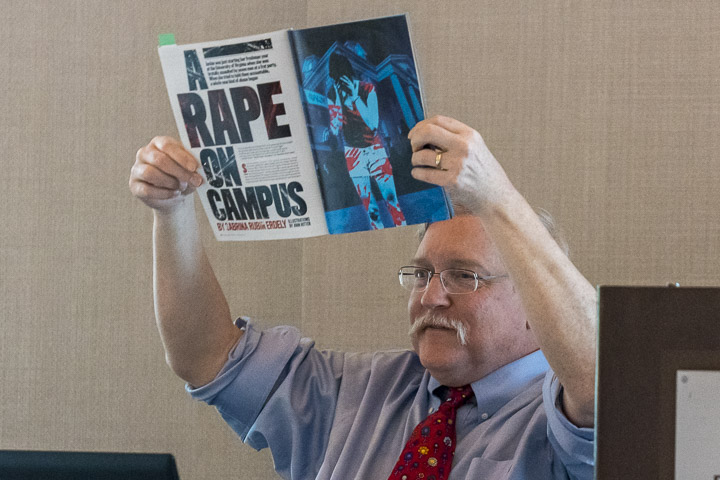
Bulletin photos by Jonathan Polen
By Julia Hutchins
Bulletin Correspondent
Sexual assault has become an increasingly prevalent topic in the news, especially with the current #metoo movement. That doesn’t make it any easier to write about or to talk to people about, as panelists discussed at a session on “Reporting on Sexual Assault: The journalistic, emotional and legal challenges” at the New England Newspaper and Press Association’s recent winter convention.
“It’s a topic I’ve been grappling with,” said Rob Bertsche, who specializes in media law and First Amendment law as a partner at Prince Lobel Tye LLP, based in Boston. He led the discussion panel Saturday morning, Feb. 24, before an audience of about 35 people. “It’s a hard issue, and there are few good answers.”
The other panelists were Priyanka Dayal McCluskey, a health business and policy reporter for The Boston Globe, and Michael Blanding, an award-winning investigative journalist whose work has appeared in multiple publications, including The New York Times and The Boston Globe.
Although reporting on sexual assault is outside her usual beat, McCluskey recently wrote a story on a suspended head of health care at 1199SEIU United Healthcare Workers East, a Boston-based affiliate of the Service Employees International Union, who reportedly engaged in lewd behavior.
“I was impressed with the number of people who volunteered (themselves to be interviewed) to me,” McCluskey said. “There were more than we could use in the end.”
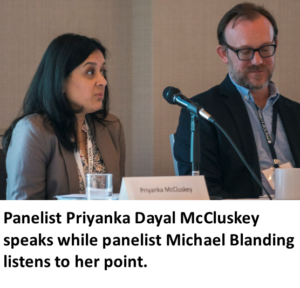 Not everyone is comfortable with speaking up about sexual assault, Blanding said.
Not everyone is comfortable with speaking up about sexual assault, Blanding said.
“If they’re not ready to tell their story in a way that they may be challenged on it, they may not be ready to tell it at all,” he said.
Even checking information and getting both sides of a story can shut down sources, McCluskey said. “There is a risk of, when it is known that you’re working on something, that (someone) will try to shut up your sources.”
One of the major pitfalls a reporter can face is taking the side of the person making the accusation, in an attempt to make that person feel comfortable. That can mean anything from not contacting the alleged abuser to not checking facts.
Verifying facts is incredibly important, Blanding said.
He said that “checking more than you think you need to” will both strengthen a story and validate it, as Rolling Stone magazine discovered after its notorious, and false, 2014 story about an alleged gang rape at a University of Virginia fraternity house party. The story included the account of a young woman who claimed to have been gang raped at the party, and the university’s purported subsequent lack of response. The story was later found to be fabricated; the fraternity in question did not even have a party that night. Although the reporter, Sabrina Rubin Erdely, was experienced, she had fallen in a trap of trusting the source to be telling the truth and promised not to follow up on conversations, which would have disproved the story immediately. The story prompted at least three lawsuits. One resulted in a $3-million judgment against Rolling Stone and Erdely. Another resulted in a $1.65-million settlement against Rolling Stone. The story also damaged the magazine’s reputation.
The thought that “most women are telling the truth and wouldn’t put themselves through this, doesn’t work as proof of truth,” Bertsche said.
Given the sensitive and taboo nature of sexual assault, lawsuits are not unexpected when accusations fly. That has become especially relevant recently, as allegations of sexual misconduct and assault have resulted in people being removed from powerful positions in government, business and the entertainment industry.
Reporters can often find themselves in difficult situations, because accurately reporting on something outside official court proceedings can make them liable, Bertsche said. With no official transcript or records, the offended party can use libel lawsuits against the journalist or his or her news outlet or both.
“From a lawyer’s perspective, if you’re never threatened by a lawsuit, you’re not doing your job. But if you’re surprised by a lawsuit, then you’re also not doing your job,” Bertsche said.
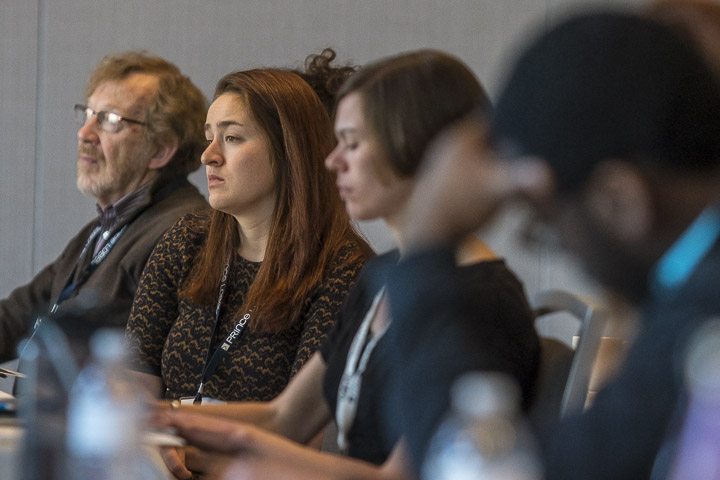

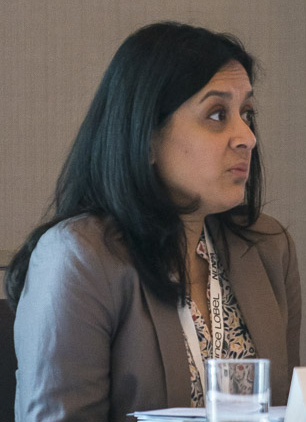
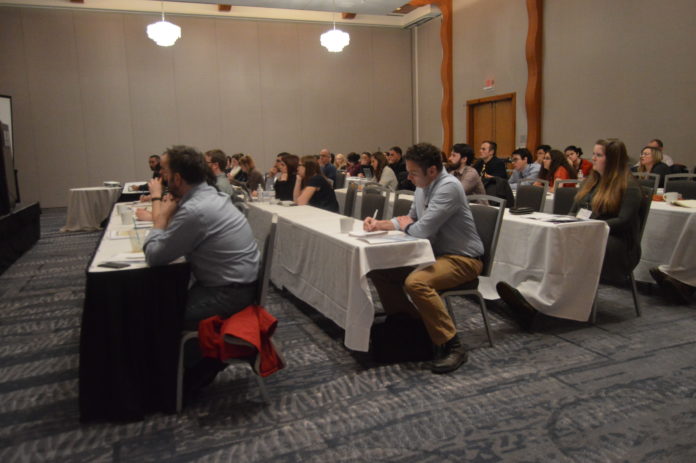
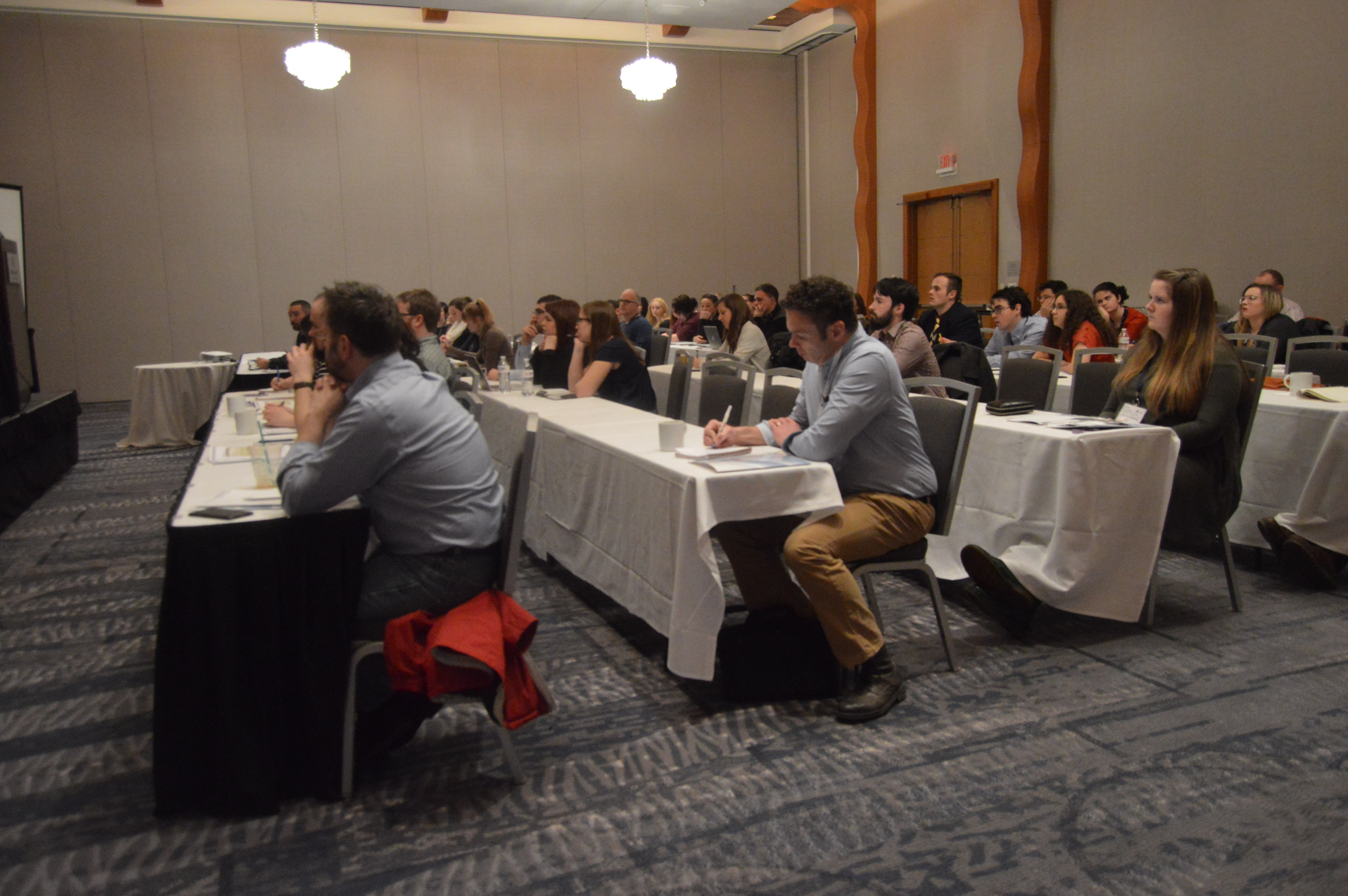
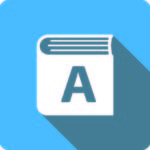
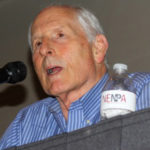
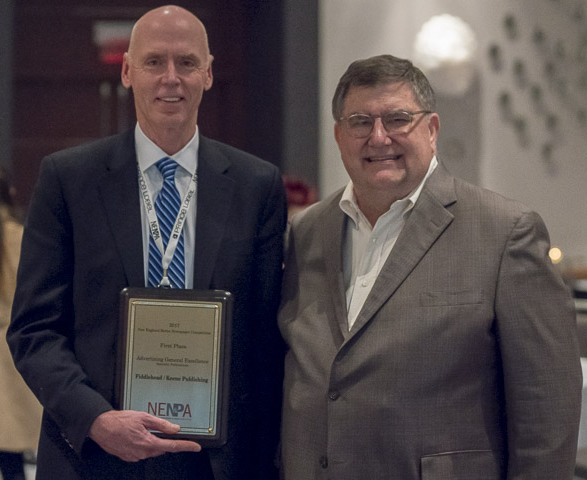

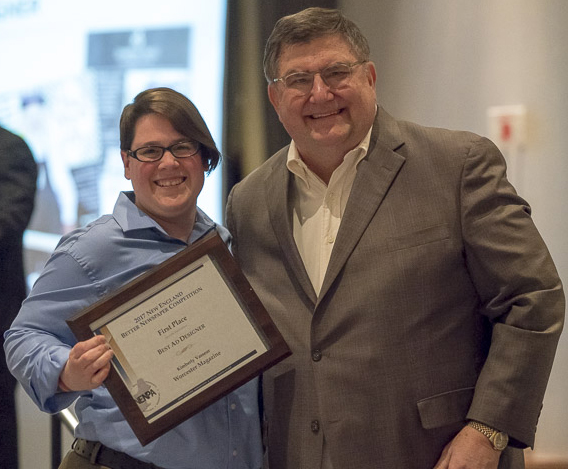
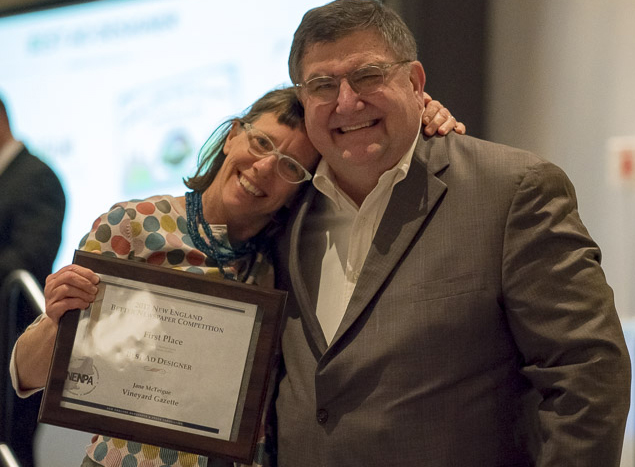


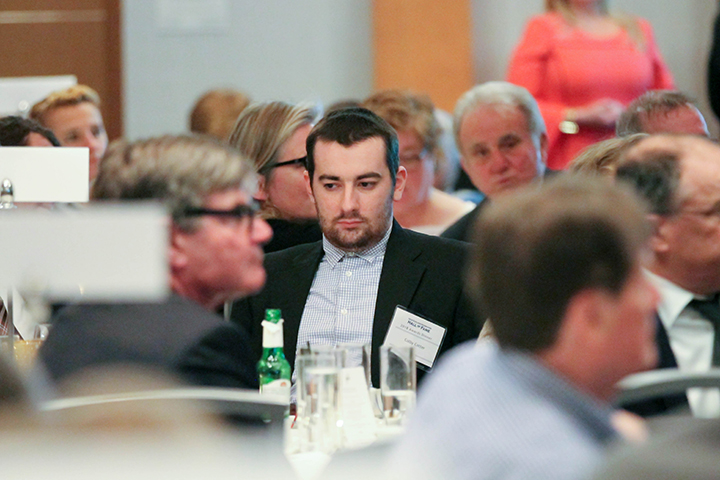
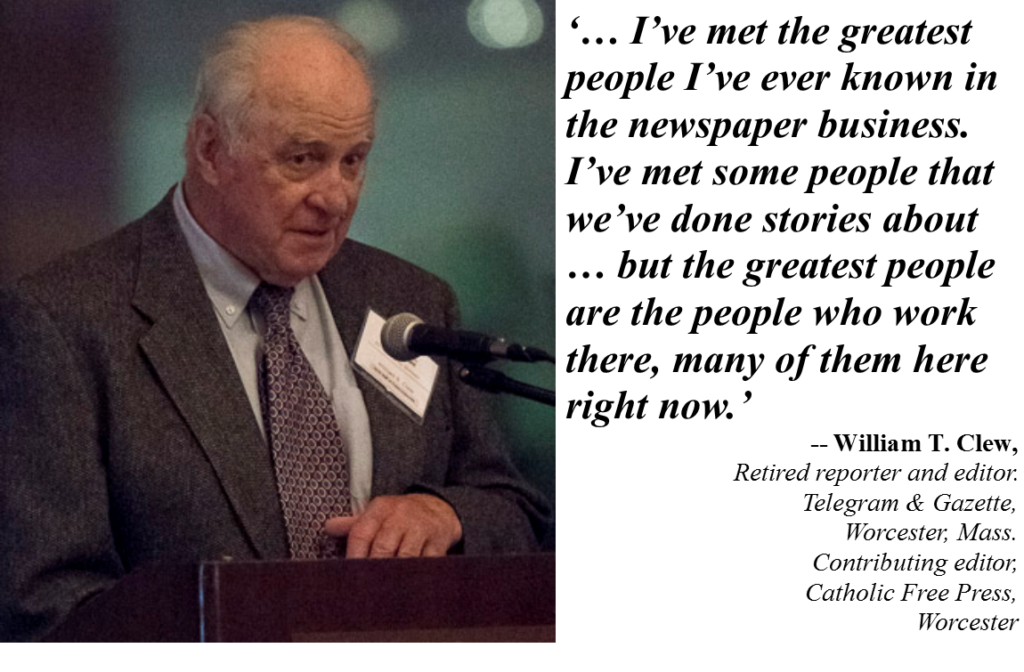
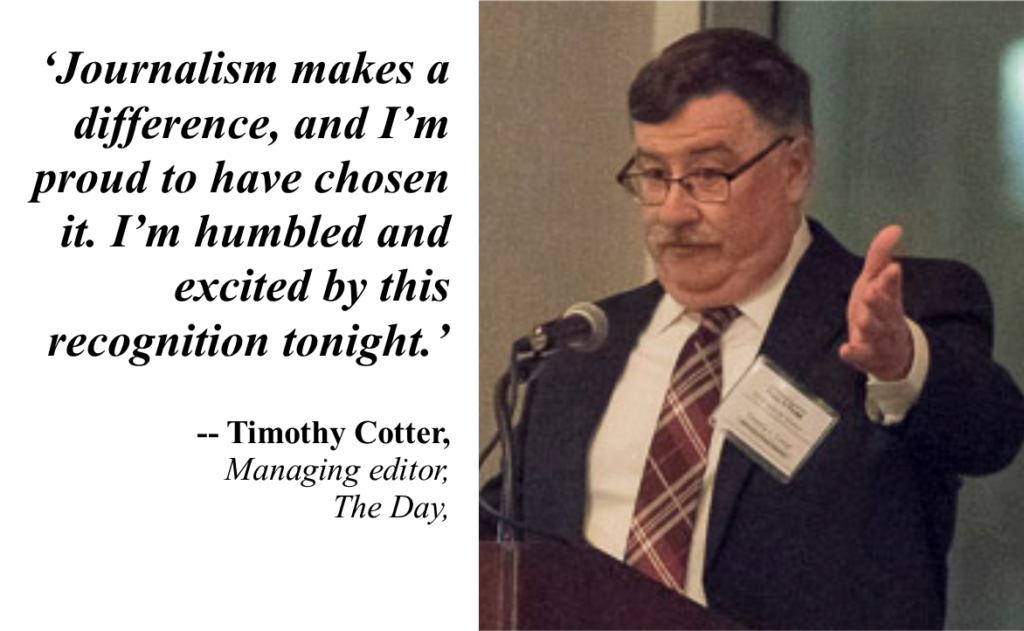
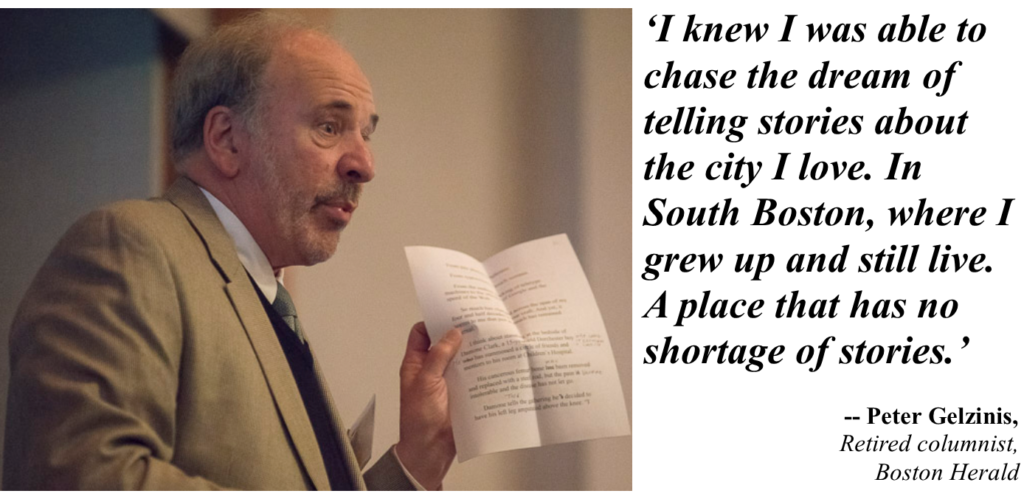
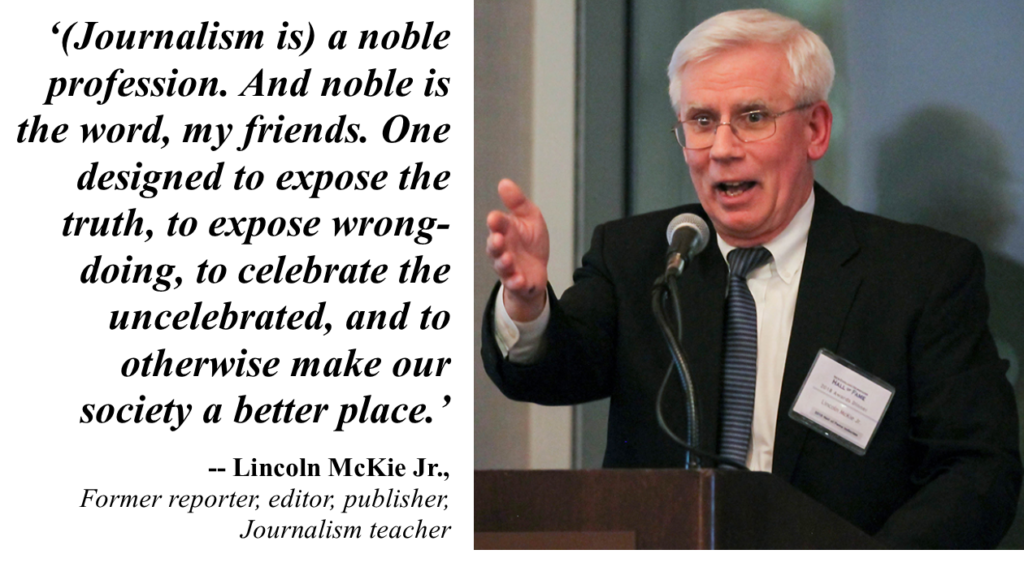







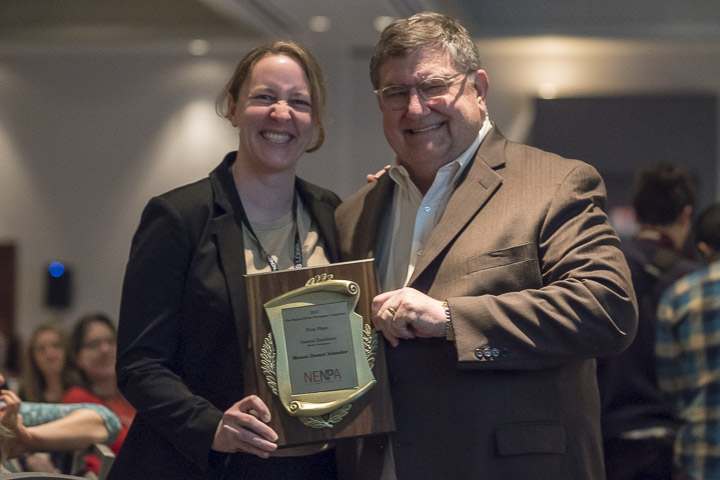
















 The key to saving public notices is getting people to care, Henninger said.
The key to saving public notices is getting people to care, Henninger said.






Protect journalists with the same laws that protect us all
Gene Policinski
Inside the First Amendment
Gene Policinski is chief operating officer of the Newseum Institute and senior vice president of the Institute’s First Amendment Center. He can be reached at gpolicinski@newseum.org.
Follow him on Twitter:
@genefac
I understand the motivation behind the just-proposed Journalist Protection Act, which would make it a federal crime to attack those involved in reporting the news. The legislation comes at a time of particularly vocal attacks on news operations and individual reporters, many of which stem from the highest office in the land.
I admire the goal — preventing or penalizing misguided thugs who would censor through violence. And I salute U.S. Rep. Eric Swalwell, a California Democrat, for introducing it in an era in which support for journalism is at an all-time low.
But some part of me — the free press advocate in me — hopes the proposed act never becomes law. Not because journalists don’t need protection, but because I fear unintended consequences. As the old maxim goes, “No good deed goes unpunished.”
The great power, and the proper position, of a free press has always been that it represents “the people.” The press is — simply and magnificently — not a group apart, but part of that group. It is not made up of “elites” or players united in some grand conspiracy to control the news or steer the nation, as some grandstanding politicians claim, but a disjointed gaggle of vocal, well-informed fellow citizens, who are employed to report on behalf of us all. Those who would damage democracy’s checks and balances by isolating the “watchdogs on government” from fellow citizens would like nothing better than to have journalists themselves give credence to such a separation.
In a Feb. 5 news release, Swalwell makes his good case for the Journalist Protection Act: “President Donald Trump’s campaign and administration have created a toxic atmosphere. It’s not just about labeling reports of his constant falsehoods as #FakeNews — it’s his casting of media personalities and outlets as anti-American targets, and encouraging people to engage in violence.”
Swalwell, while conceding that not all attacks against journalists in the United States can be connected to Trump, said nonetheless that “such antagonistic communications help encourage others to think, regardless of their views, that violence against people engaged in journalism is more acceptable.”
Journalism groups also noted, in the news release, the dangers their members now face.
Broadcasters in the field often work alone or with a single colleague, said Charlie Braico, president of the National Association of Broadcast Employees and Technicians. “With their expensive and cumbersome equipment, they are easy and tempting prey for anti-media extremists and thieves.”
“Dozens of physical assaults on journalists doing their jobs were documented by the U.S. Press Freedom Tracker in 2017,” said Rick Blum, director of News Media for Open Government. “Physical violence and intimidation should never get in the way of covering police, protesters, presidents and other public matters.”
The tracker that Blum refers to is a new database, launched and operated by the Committee to Protect Journalists, which logs arrests, harassment and physical attacks on journalists. As of Feb. 7, it showed that since January 2017, 30 reporters in the United States have been attacked while covering protests and two reporters had been assaulted by politicians. (Note: The Newseum is among the journalism groups supporting the database project.)
Globally, the situation is much grimmer: According to Freedom House, an international freedom advocacy group, barely 13 percent of the world’s population lives in nations where the press is considered free. The Committee to Protect Journalists reports two journalists killed thus far in 2018, 262 imprisoned since 2017, and 58 journalists missing around the world.
So to all those critics who already are attacking Swalwell’s bill as unneeded or rooted in partisan politics — sorry, but the threat to journalists is real from those who consider violence an acceptable form of press criticism.
Still, we should be wary of giving journalists a special place in the zone of laws that already protect us all from assault, battery or worse. Granted, the proposed act could be an alternative when local officials refuse to follow up on an attack — or do so ineffectively. But I like the old newsgathering maxim that “journalists have no more rights than anyone else … but also have no fewer rights.”
Better to encourage police and prosecutors to do their jobs zealously when an attack occurs. Better we hold accountable politicians and others who — for political gain or other unscrupulous motives — choose to simply taunt the news media rather than doing the hard work of legitimate, fact-based criticism.
The Journalist Protection Act is prompted by sincere and worthy motives — and there is a sickness in the land today that condones and encourages threats and violence against journalists. But a free press is better protected by laws that protect us all.